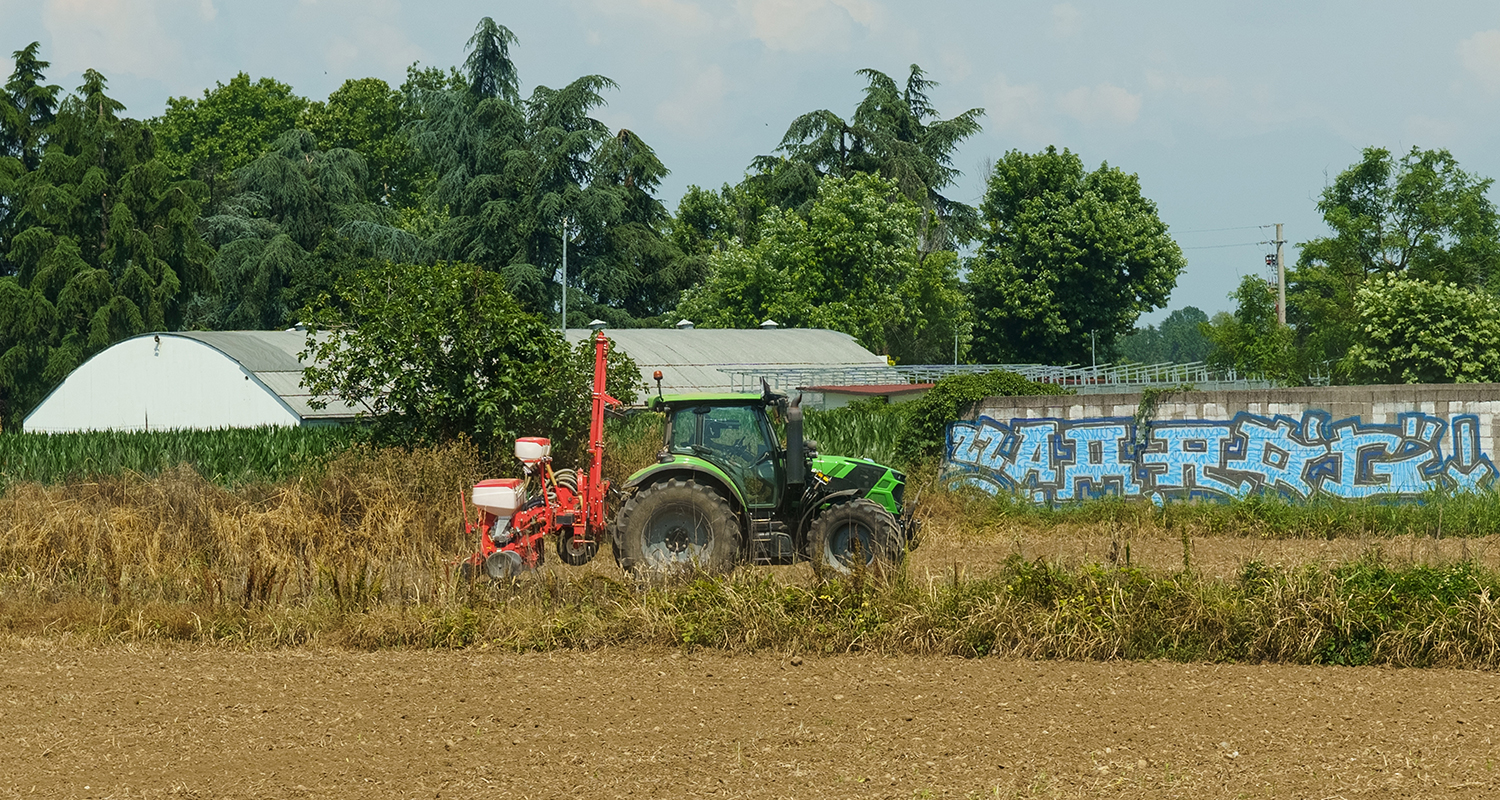When we think of immovable property, land is usually the first thing that comes to mind. However, immovable property includes much more than just land. It includes various assets that are inherently tied to the earth and cannot be easily moved.
Whether you are a property owner, investor, or involved in real estate transactions in India, understanding the nuances of types and legal rights of immovable property, and the differences between movable and immovable property is crucial. This article covers these aspects to provide a clearer understanding of immovable property in India.
Let’s get started by learning what is the meaning of immovable property.
What is Immovable Property?
In India, immovable property holds significant cultural, historical, and environmental importance. Protected heritage sites, strict zoning laws, and environmental regulations influence property usage and development.
Additionally, immovable property plays a crucial role in economic growth, social status, and community development.
This definition sets the stage for understanding the immovable property types and legal rights.
Also Read: Property Registration in India
Types and Examples of Immovable Property
Let’s understand the immovable property types with examples.
1. Land
Land refers to a specific area of the earth’s surface, including the space above and below it. It includes naturally occurring elements on or beneath the surface, such as minerals, water bodies, and vegetation. Additionally, immovable property includes structures constructed or buried by humans to permanently occupy a space, such as buildings, walls, and fences.
2. Buildings and Structures
These are human-made constructions that are fixed to the land. Examples include houses, factories, walls, and fences. Once constructed, these structures cannot be moved without being demolished.
3. Benefits Arising from the Land
Benefits arising from the land, regardless of their physical form, are considered immovable property. This includes hereditary allowances, fisheries, and ferries. Rights to collect rent, profits, and fees from specific plots of land or markets also fall under this category.
4. Other Things Attached to the Earth
This category is further divided into:
- Earth-rooted things: These include trees and bushes. However, growing crops and grass are excluded from this category. Trees used for timber are movable, while those used for shade or nourishment and remain rooted are considered immovable.
- Earth-embedded things: These include houses, buildings, factories, natural water bodies, and other real estate properties built on and firmly fixed to the earth.
- Earth-attached chattels: Items affixed to houses or buildings that are attached to the earth. Not all furniture is classified as immovable; it depends on its strength and capacity.
Also Read: What is Real Estate? Meaning, Types, Characteristics!
Key Characteristics of Immovable Property
Here are the top characteristics of immovable property:
Permanence
Immovable property is characterised by its permanence. For instance, you cannot move them or shift them. This permanence often contributes to the property’s value over time.
Attachment to Land
This includes not only the land itself but also any buildings, trees, and fixtures. The attachment to land means that immovable property often requires extensive legal documentation for transfer.
Complex Legal Procedures
Transferring immovable property can be complex due to the various processes involved. However, these procedures are designed to protect both the buyer and the seller and ensure clear ownership.
Appreciation
The price of such assets increases with time, helping with wealth accumulation.
Also Read: Most Expensive Homes in the World in 2024
Legal Rights of Immovable Property
Owning immovable property in India has various legal rights, ensuring the owner can fully utilise and benefit from their property. Understanding property rights enables an individual to own, transfer, and control a property with autonomy and personal freedom.
Following are the legal rights of immovable property that you must know:
Right to Collect Rent
Property owners have the legal right to collect rent by leasing their property to a third party. This right ensures a steady income stream from the property.
Right to Collect Dues
If the property is let out for cultivation or other uses, the owner has the right to collect dues from the user. This includes any benefits derived from the property, such as agricultural produce or commercial profits.
Right of Way
This right allows property owners to access their property without obstruction. It also covers legal actions against trespassers who unlawfully enter the property.
Right of Fishery and Factory
For properties with water bodies or fishing spots, the owner retains exclusive rights to the fishery benefits. Similarly, for properties with factories, the owner has rights over the industrial output and benefits.
Right of the Ferry
Owners can operate ferry services and collect fees from users.
Also Read: Essential Guide to Buying Property in Pune
Key Differences Between Movable and Immovable Property
Here is the difference between movable and immovable property.
1. Definition and Nature
- Immovable Property: Includes land, benefits arising from the land, and things permanently attached to the earth. Examples include buildings, trees, and factories.
- Movable Property: Includes items that can be moved from one place to another without altering their structure. Examples include timber, crops, stocks, and machinery.
2. Intention and Use
The intention behind planting a tree or constructing a building determines if it is immovable. Trees intended for timber are movable, while those for shade are immovable.
3. Mode and Degree of Annexation
- Immovable Property: Items permanently attached or embedded in the earth. For example, a building constructed on land.
- Movable Property: Items that are not permanently attached and can be moved without causing damage. For example, a piece of furniture that is not fixed.
4. Legal Procedures
Compared to immovable property, transferring movable property is generally simpler and does not require extensive legal documentation.
5. Impact of Movement
- Immovable Property: Cannot be moved without affecting its structure.
- Movable Property: Can be transferred without altering its shape, size, or appearance.
Conclusion
Investing in immovable property can be an advantageous option, given its potential for long-term value retention and appreciation. However, it’s crucial to thoroughly research and understand your rights and responsibilities. Being well-informed will help you navigate legal aspects, property management, and market dynamics, ensuring a secure and profitable investment.
If you are looking to buy a property, visit OLX India.


























